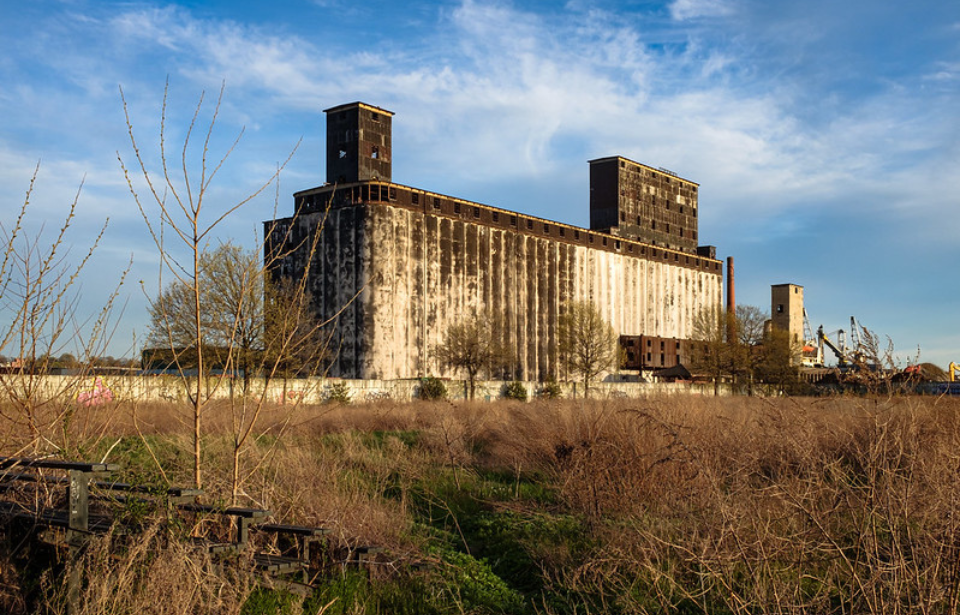Located in the sparsely-populated Red Hook neighborhood of Brooklyn, New York City, the Red Hook Grain Terminal rises 12 stories into the sky. Without a doubt the tallest structure in the area, it’s clearly visible from both the Gowanus Expressway and the New York City Subway’s IND Culver Line viaducts that stretch across the Gowanus Canal.
Building the Red Hook Grain Terminal
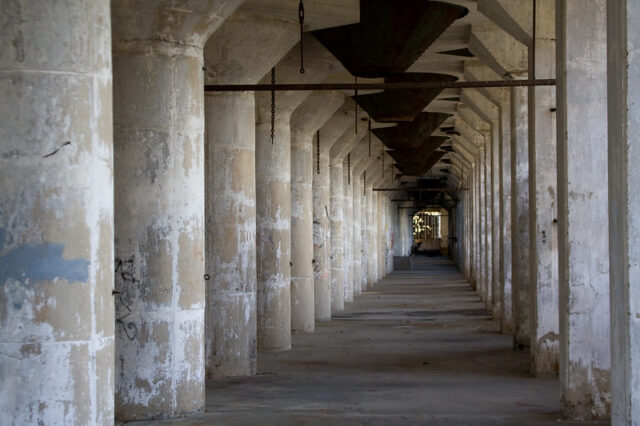
The Red Hook Grain Terminal had its foundations laid in 1922, with its main purpose being to service the newly built and failing New York State Canal System. The state engineer went with the design of a 54-bin reinforced concrete grain elevator that was so complicated it took 16 months to complete, at a price tag of $2.5 million.
Once built, the grain elevator was of equal strength to some of the toughest bomb shelters ever built. Even though its purpose was completely different from that of a shelter, the elevators that lifted the monstrous weight of the grain were explosion-proof.
‘An expensive luxury’
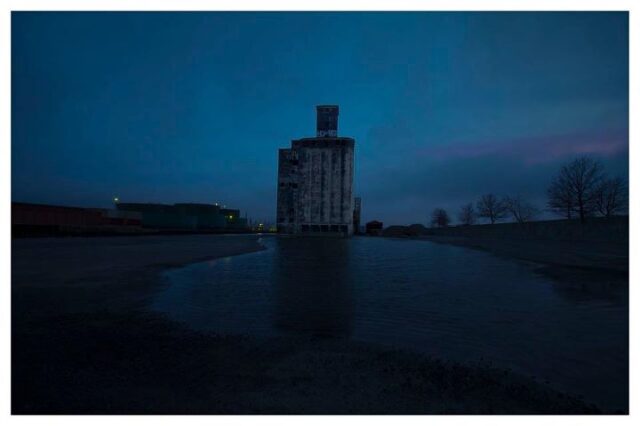
It wasn’t long before the Red Hook Grain Terminal began experiencing problems, leading to it being nicknamed the “Magnificent Mistake.” Firstly – and most importantly – it failed to generate profit, the one thing that strikes deep within the very fabric of every business. The Port of New York was never a bustling site in the grain trade, meaning the elevator saw very little use.
Thomas Flagg, an industrial archaeologist, perfectly summarized this in the 1980s, saying, “Both are magnificent works of engineering, but also magnificent boondoggles.” Even Engineering News-Record once wrote that the whole thing was “an expensive luxury”.
Ownership of the Red Hook Grain Terminal is transferred
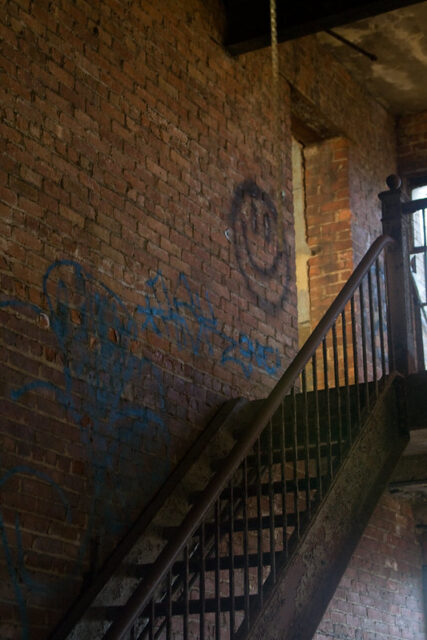
Ownership of the grain elevator was transferred to the Port Authority of New York and New Jersey in 1944. It was successful at the beginning, but once the St. Lawrence Seaway opened in 1959, it was more than obvious that trouble was soon to follow.
Handling far less grain than other terminals
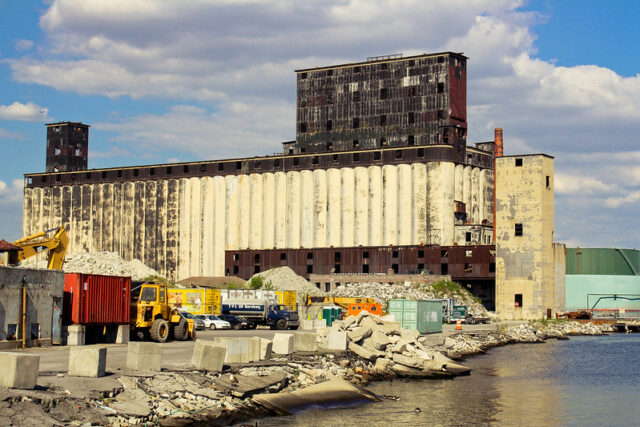
To demonstrate just how bad the situation really was, the Red Hook Grain Terminal at the time handled just 1.7 million bushels of grain, compared to the port in Philadelphia, which handled 26.5 million bushels. However, the most successful of all was the New Orleans terminal, which handled a whopping 238 million bushels.
Decommissioning the Red Hook Grain Terminal
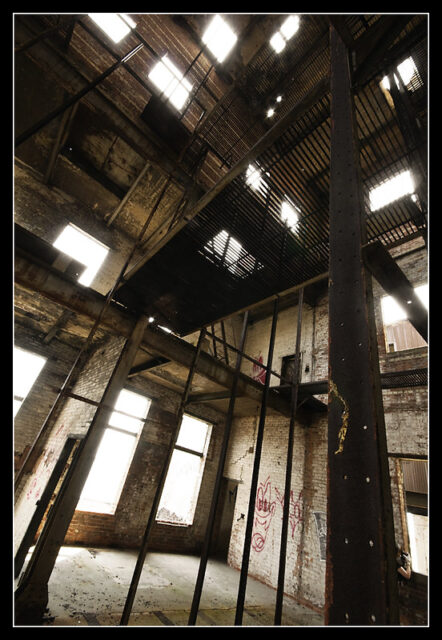
After 21 years of struggling financially, it was decided in 1965 that the Red Hook Grain Terminal would be decommissioned. In 1987, the conveyor and the loading pier were demolished.
As time went on, the terminal became neglected and forgotten, until David Bowie filmed the music video for his song, “Valentine’s Day” at the location. Lorde later used the site as the setting for the video for her single, “Team.”
Plans to redevelop the site
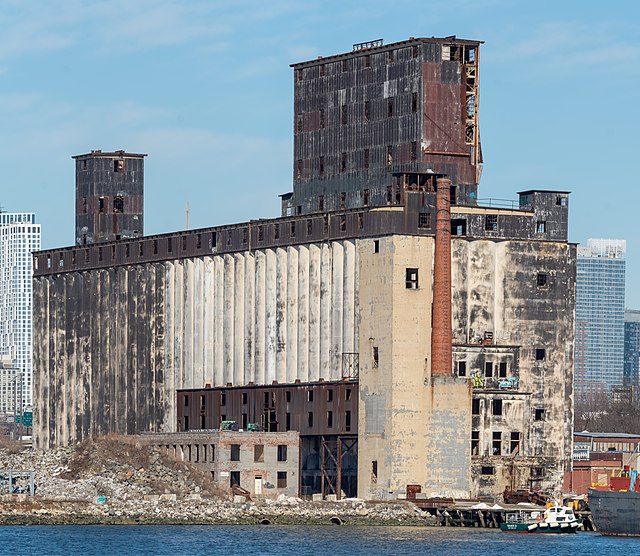
Decades after its closure, redevelopment plans for the Red Hook Grain Elevator have begun to be discussed.
More from us: All That Remains of the Once-Booming Mining Town of Contention City, Arizona is Rubble and Dirt
As there’s no longer a need for a grain elevator in the area, a movie studio, a recycling plant, industrial properties and even a storage facility have all been floated around as possible new uses for the property, as has the idea of developing (windowless) condos. However, nothing has been confirmed.
